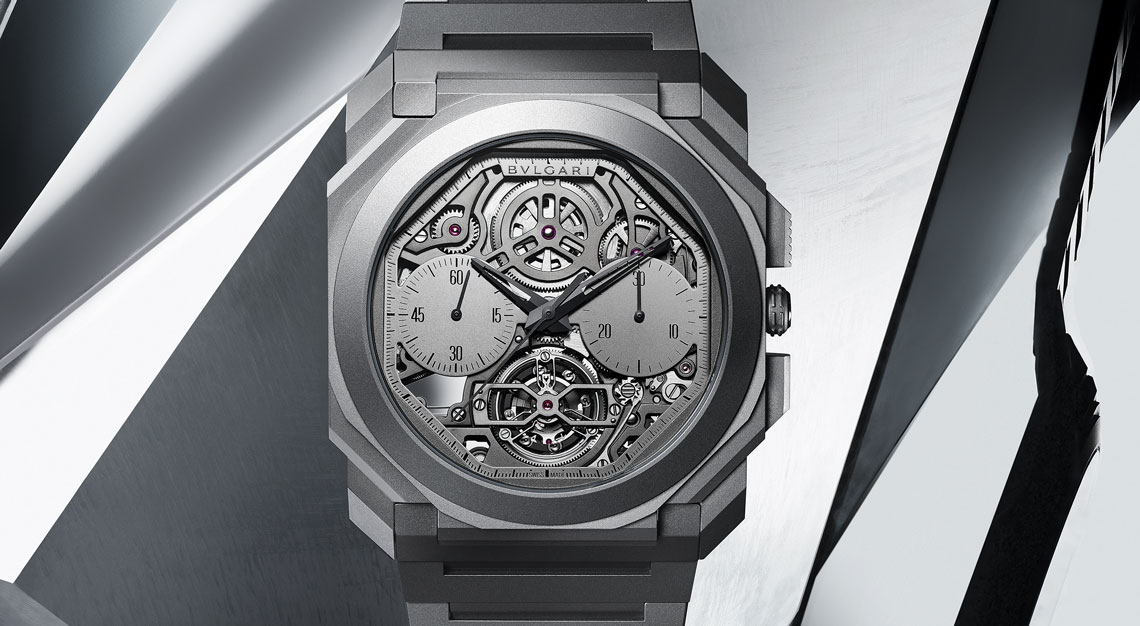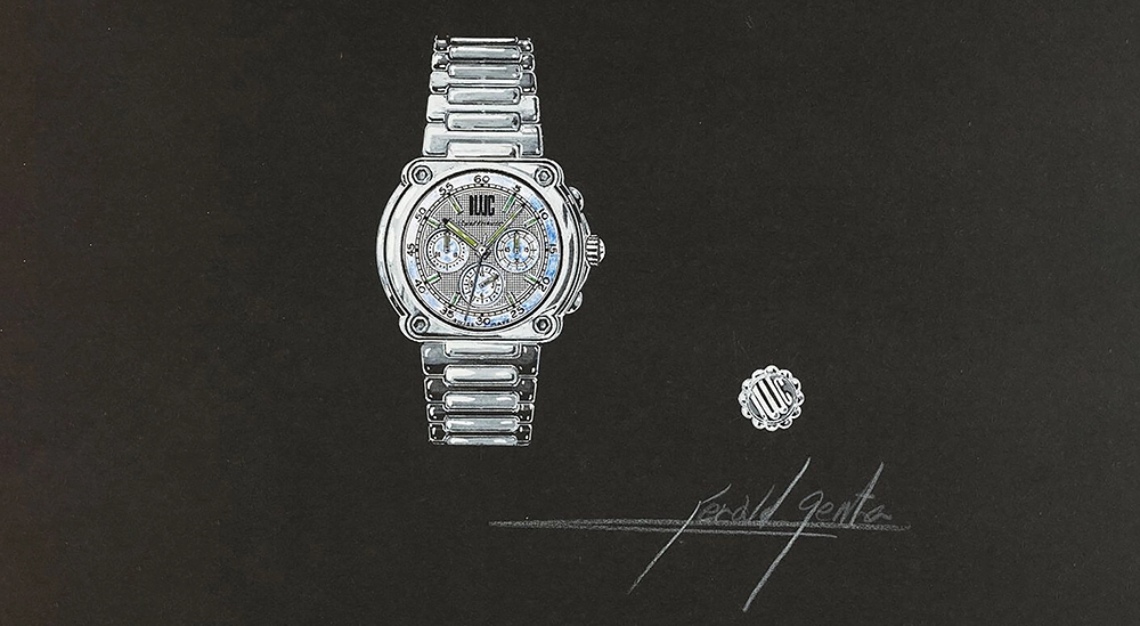The very first Gerald Genta-designed Nautilus reference 3700 1-A may still be the best edition of all time
While in Copenhagen not long ago, I wandered along Østergade, where you’ll find Gucci, Louis Vuitton and other luxury boutiques. When I came across the historic watch dealer Ole Mathiesen, I rang the buzzer and was admitted into the three-story boutique that houses one of Scandinavia’s longest-standing Patek Philippe dealers. In Europe, you’ll still find watchmakers running the sales floor, and when the handsome, bearded gentleman wearing a suit and a loupe asked if he could help me, I answered the way I always do: “Do you have any interesting vintage watches?”
The gentleman positively lit up. He immediately escorted me up two flights of spiraled stairs laid with beige carpet, his loafers and trousers swishing ahead of me as he jogged to the top floor. He told me to wait a moment. I watched him go into a back room, and I could see him opening the vault. When he emerged, he said, “We sold this watch to the first owner in 1978. The story is that he and his friend wandered in drunk one afternoon and each bought one of these.”

He then he handed me the most honest example of a Patek Philippe 3700-1A I’ve ever seen. By honest, I mean that this was clearly someone’s everyday watch. The sharp angles showed that it had never been polished. Every service was done at Ole Matheisen, and the service records were in hand. The original receipt was also in hand. The provenance was as good as any I’d come across for any vintage watch.
The Patek Philippe 3700-1A is the original Nautilus, running from 1976 to 1981. Gerald Genta, the famous designer of Audemars Piguet’s Royal Oak, designed the Nautilus as Patek’s answer to the emerging “luxury sports watch” craze. Around 1982, Patek Philippe released the 3700-11A, which was the same watch with a narrower bracelet, but this was a first generation I had found myself wearing—an all-original, unpolished, single-owner Patek Philippe 3700 1-A. My mind was blown.

“This has to be worth a quarter million dollars,” I mused.
My host grabbed a calculator, tapped in some Danish figures, and then said, “Yes, that’s right. Maybe less, maybe more.”
Most watch dealers don’t just hand an all-original vintage piece worth a quarter-million dollars to a walk-in. This was pure enthusiasm shared between two watch nerds. I was in horological heaven.
“We don’t know if we should polish it or not,” he said.
Admiring the watch on my wrist, I insisted, “Don’t do it!”

He chuckled and then explained that the decision would be up to the new owner. We talked about polishing it at length, weighing the aesthetics, the economics, and even the ethics involved in this decision. We agreed on two things: If the case were polished, the faded dial and aged lume would look out of place, and there was no going back. That’s enough for me to have felt strongly that it should remain as is.
The watch had what I can only describe as “soul.” It was gouged and scraped across the case and bracelet, having become a stainless-steel record of a life well lived. The tritium lume was brown, the dial had faded to a lighter shade of blue than the original (which would have been nearly black), and I understood beyond doubt that a perfectly preserved Nautilus 3700 1-A wouldn’t have been nearly as interesting—nor as beautiful—as this one.

I wore this beat up Nautilus 3700 throughout our coffee together, and it immediately felt like my watch. Today’s Nautilus models in precious metals are astounding pieces, no doubt, and I’ve worn my share. But those modern Patek’s never felt like watches I’d be comfortable wearing around casually, which is how I like to wear a watch. This 1978 Nautilus felt like it had belonged to my father. It was immediately familiar. It also happened to fit me perfectly.
This 42 mm watch could have felt so small on my wrist—like a 38 mm watch. This is explained in large part by the mere 7.6 mm in height, achieved through the use of Jaeger-LeCoultre’s renowned caliber 920 auto-winding movement (which appeared in many watches of the era, including the Audemars Piguet Royal Oak and the Vacheron Constantin Overseas). I’d long known intellectually that Genta was a masterful designer, but over the course of this experience with the 3700 I came to know this in my body, as well.

I hope each of you has had, or will have, the opportunity to wear an original Nautilus 3700. If you’re lucky like I was that day in Copenhagen, you’ll wear a beat up one while sipping espresso with a handsome watchmaker in a lovely boutique while chatting about vintage watches.
This story was first published on Robb Report USA





